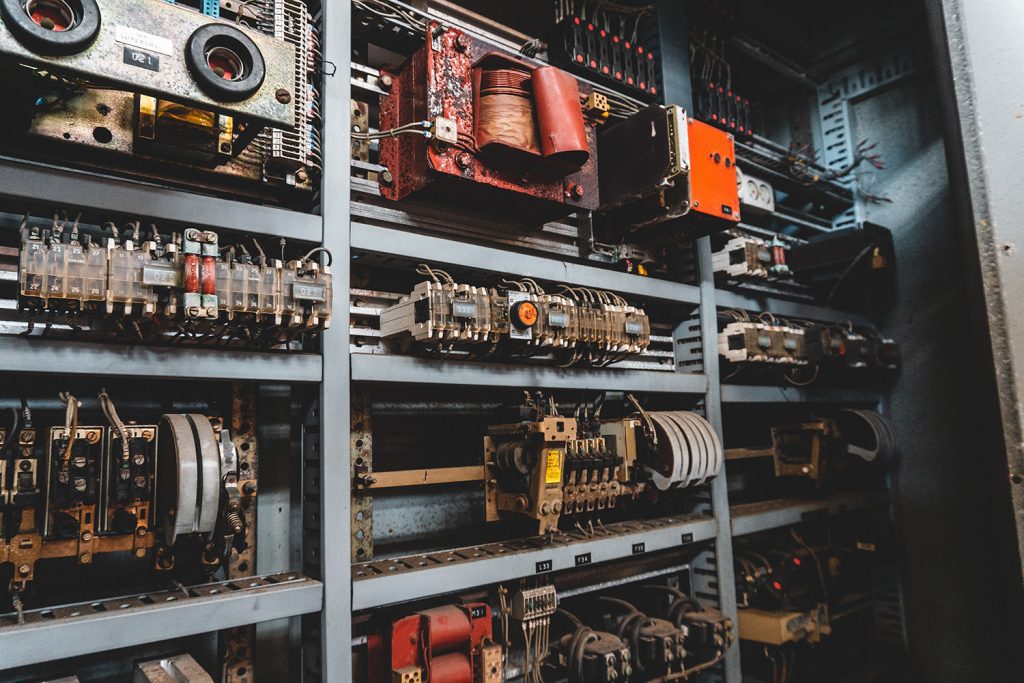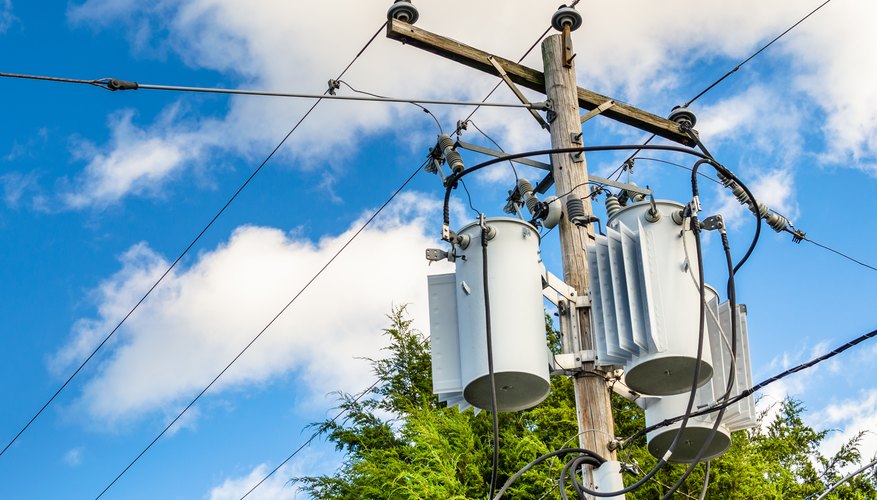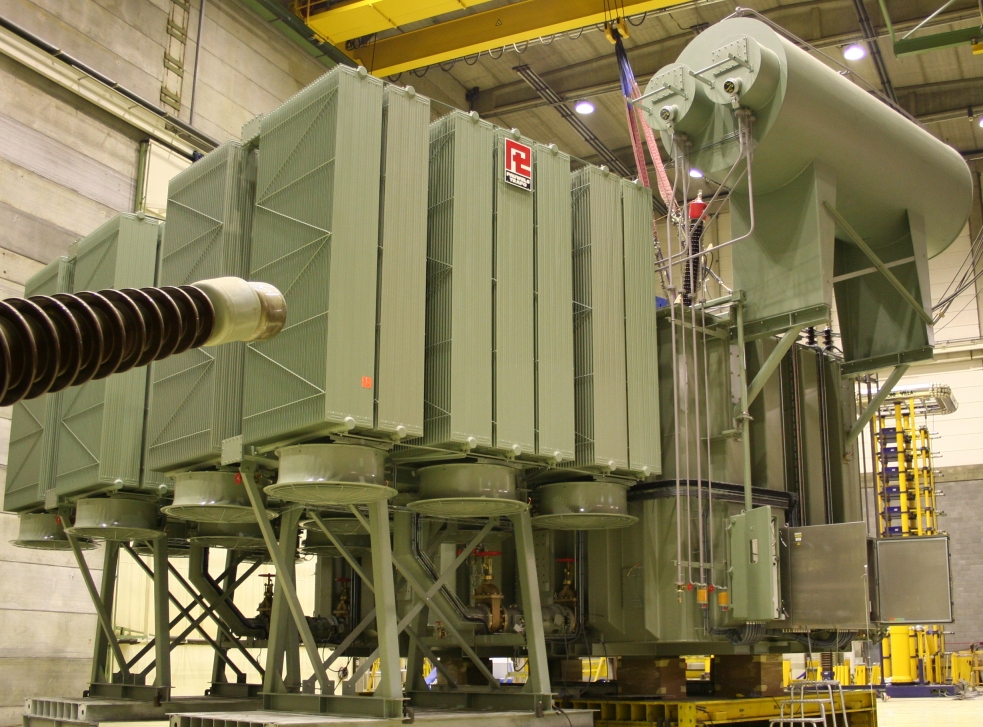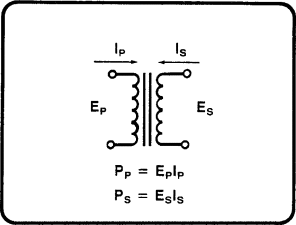
Whether you’re savvy on the topic or not, it’s common knowledge that transformers are a vital part of a functional power system. Nevertheless, it’s probably a good idea to add that this is not concerning the Cybertron trilogy. Before diving into that, it’s probably wise to take a crack at explaining what a transformer is. A transformer is a device used in an electrical circuit that regulates the voltage’s flow. Altogether, this device makes for safer and more efficient use of electricity by the user.
Though it’s vital to know that there are different types of transformers, that’s not the central gist. Without further ado, here are five essential roles that a transformer plays in a power system.
1. Manipulates Voltage

Electrical voltage is not the most stable thing out there; in fact, it’s not. Sometimes it’s high, and at other times it’s low, imagine how that could wreak havoc on your appliances. What a transformer does is ensure that the right voltage is supplied to the end-user regardless of the level. Things could get quite dangerous without a transformer to step up or down the level of current flowing through the grid. So, once the power generator produces the current, it’s converted to a higher or lower level by the transformer.
2. Offers Non-Stop Power
Whether it’s a blender or a coffee maker, many electrical appliances cannot run uninterrupted. But it’s not the same case with transformers; they offer non-stop power. Altogether, they are a lot more reliable than other machines that supply electricity. Western countries tend to use transformers to the maximum, but a considerable chunk of Sub-Saharan Africa does not have steady power.
3. Ensures There is Minimal Power Loss Along Transmission Lines
Usually, electricity does not run close to residential areas; thus, it has to travel a long way to reach the end-user. During this journey, there’s a bit of resistance in the power line. What a transformer does is to increase the voltage accordingly. This voltage goes a long way to ensure that there’s minimal loss along the way. Altogether, this process ensures that electricity reaches the end-user. Without a functional transformer, the current would fizzle out for efficiently channeling. So, transformers don’t simply transmit power, they streamline the whole process.
4. Isolation
Sometimes, electricity gets isolated for safety purposes. The device that performs this magic is none other than the transformer. In this case, what the transformer does is ensure that there’s no conduction path for the current to travel. This action comes in handy when trying to measure the voltage or to protect end-users from electric shocks. Isolation transformers equally have some specialized uses. For instance, they can be used to provide a specific voltage to certain meters.
5. Saves Money

A transformer is one of the most cost-effective ways of transmitting power over short and long distances alike. It’s not only quite cost-effective but efficient too. Even more, transformer trailers are a great way to save money on large construction projects. Rather than running an electric generator and burning fuel, you can set up a mobile station. Once construction is all wrapped up, users can wheel the trailer away till it’s needed again. It may be pricey upfront, but it will save a lot of money on power in the long run. Getting your official trailer is the way to go if you are in construction or set up shop in a remote area.
Hopefully, we’ve been able to let you know some of the roles transformers play in a power system. It’s quite a complex and layered process, but the transformer makes it look quite easy. Nevertheless, it’s essential to have a little understanding of these processes.





